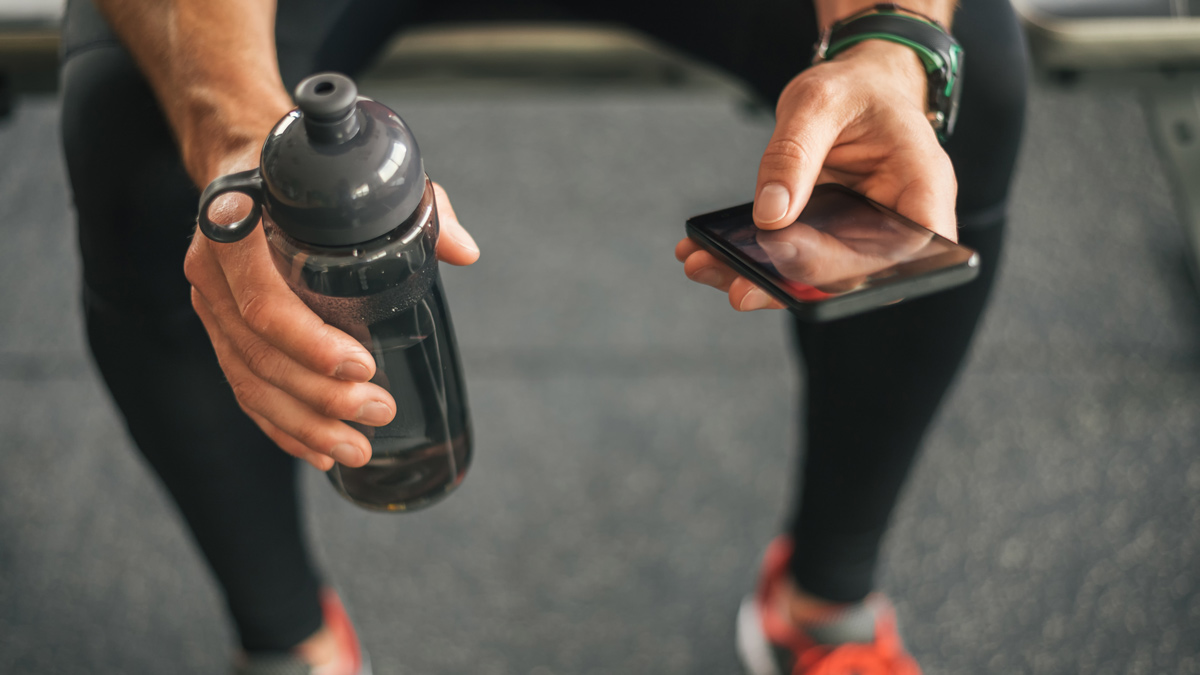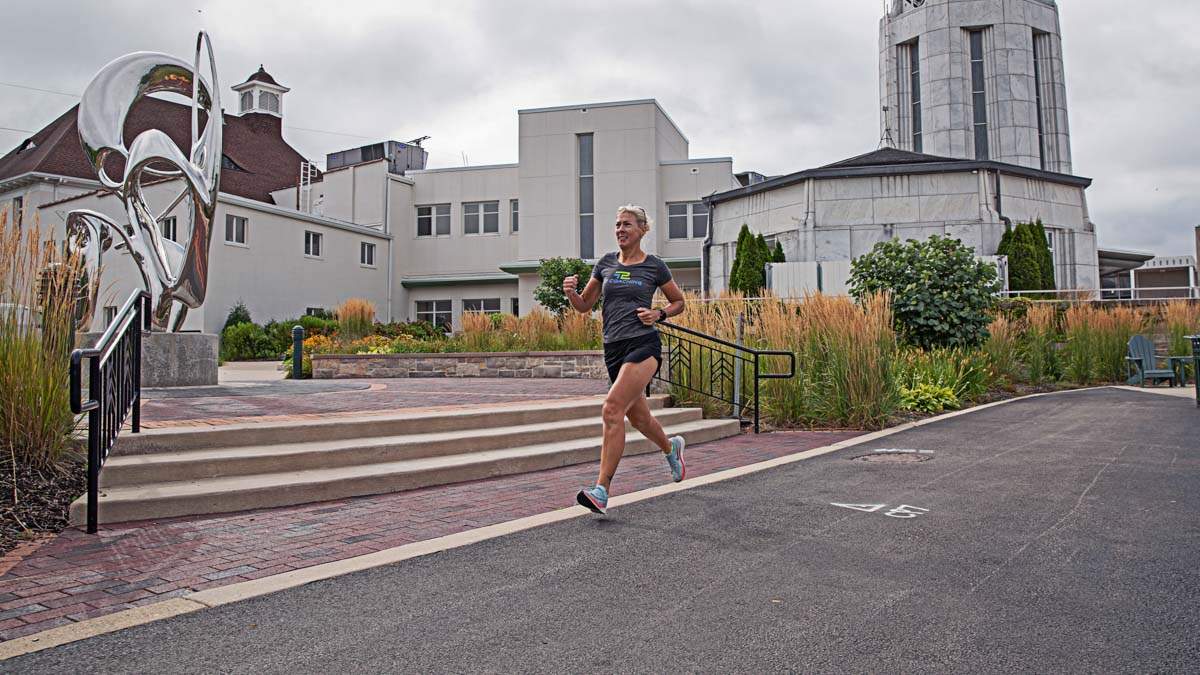As an endurance athlete, you likely have your go-to workouts that help you define what your current fitness is and how you’ve improved over time — whether that’s over the span of a month, a year, or a decade. When evaluating your fitness gains, it’s imperative that these workouts give you the information you need to make necessary adjustments. This article will highlight a couple of key workouts you can use to track your fitness and will also touch upon some metrics to look out for. I’ll use running workouts to keep things simple, but these can easily be adapted for cyclists, too.
I recruited input from some of my D3 Multisport coaches about the run workouts they regularly use to track where an athlete is at any given time in their training cycle. Some of these are easy baseline workouts that are repeatable, and some are closer to threshold and will take some effort. As you incorporate these workouts into your routine, you’ll have a greater picture of how successful your training is over time.
Weekly Zone 1 or 2 Workout
One of the easiest workouts to execute is a weekly Zone 1 or Zone 2 workout. This workout should be a staple — it can tell you plenty about your fitness when looking at pace, heart rate, cadence, and even power. My go-to for this workout is a simple 1-hour run, broken into:
- a warm-up of 15 minutes
- 2 x 20 minutes at mid-Zone 2 heart rate, with 5 minutes easy in between
- a short cooldown
This workout can be done year-round without much stress and will help you evaluate important fitness adaptations, like cardiac drift in the early season (low fitness), to a faster pace at the same heart rate and perceived exertion (solid fitness), to higher heart rates and potentially slower paces when temperatures rise above 90℉ (heat acclimation in progress).
Hour-Long Workout with Increasing Intensity
Coach Simon Butterworth has a favorite that he uses with his athletes, which is an hour run that allows you to ramp up the effort in equal periods over the course of the workout. Inspired by a former coach, the details of the workout are as follows:
- the first third is easy running
- the second third is a bit below goal pace for your next A race
- the last third is a bit above goal pace for the A race
As fitness builds, your heart rate should remain reasonably constant. For a 10k or 5k effort, your heart rate should be at or above threshold for the last third and not too far off that for a half marathon. Ideally this is done on the same route.
Classic Intervals
Coach Bill Ledden uses 4 x 1-mile intervals with 1-minute rests in between for his athletes racing shorter distances at a higher pace. “If an athlete can do this workout (very similar to a 30-minute straight time trial run from a physiological perspective, but easier mentally), I know that they are ready to increase their Functional Threshold Pace or really ready to fly when in a race situation,” he says.
Long Runs at Hotter Temperatures
Coach Brad Seng encourages long-distance runners without much experience to do one or two of their long runs within the final five weeks of their build at the same time of day they anticipate they will be running their race. You may experience a little resistance from your body the first time you do this, but after a few times your body will adjust and your pace and heart rate will go back toward normal. Being able to acclimate your body to the same time of day you will be racing at is very beneficial for race day performance.
The key here is to make sure you are taking the time of day into consideration when evaluating metrics. Asking yourself to perform in 90℉ temps but then never training in those conditions doesn’t usually turn out well.
Monitoring Key Metrics
Coach Seng notes that “you may only feel really on your game for a few key sessions, with the others leaving you feeling average to mediocre.” If you’re experiencing this dip, it could be a lack of sleep, work stress, or even a bit too much training without proper recovery. Knowing when to push and when to pull back is what will help you the most.
“Additionally, I’ve also encouraged my athletes to never judge their fitness or ability by a single training session — whether they felt like a rock star or loaded with cement in their legs,” says Seng.
Coach Ledden echoes this. “I have all my athletes track sleep as a metric. While it doesn’t show them they are ready to get a personal record, it is very useful when they have bad sessions. It is usually very easy to point back to a series of poor sleep nights prior to a bad workout,” he says.
Knowing your limiters, which workouts you like, which ones you don’t, and which ones you respond to best are all important aspects of tracking your progress. Using metrics — like sleep and HRV — and tools like the Performance Management Chart helps you understand which cycle you are in at any given time. Time-tested workouts, like the ones above, will help you create a consistent framework for your training and allow you to measure progress and see what really works for you.








